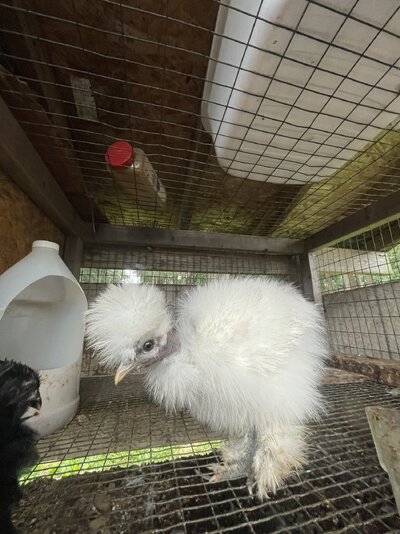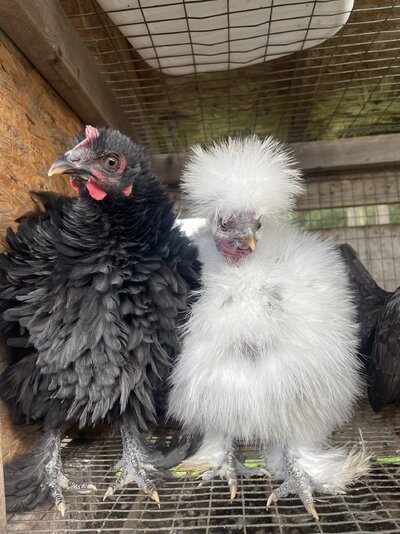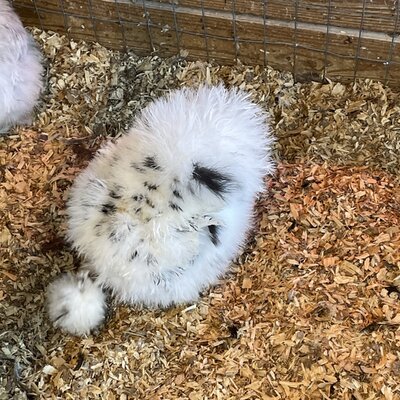Paint is not a gene so by definition is neither a co-dominant or recessive gene, it's the name for a phenotype which is based on an Extended Black background(E/E) that is diluted by heterozygous dominant white(I/i+) the phenotype called paint is another name for the Erminette pattern, The paint pattern does not breed true, if you breed paint to paint you will hatch 50% paint, 25% all black and 25% all whitePaint is a co dominant gene expression. You breed a white silkie (WW) to a black silkie (BB) and get paint chicks (WB). If you breed the paint chicks back together you will only have a 50-50 chance of the babies being paint colored. Genetics can be confusing but I hope this helps a little.
For a more detailed info on the genetic make up and references please visit this page: https://www.backyardchickens.com/th...uge-task-ahead.1252593/page-159#post-20210036













